Ulf Lindroth is holed up in a tent in the Swedish mountains, protecting the Arctic foxes and lesser white-fronted geese by taking down red foxes
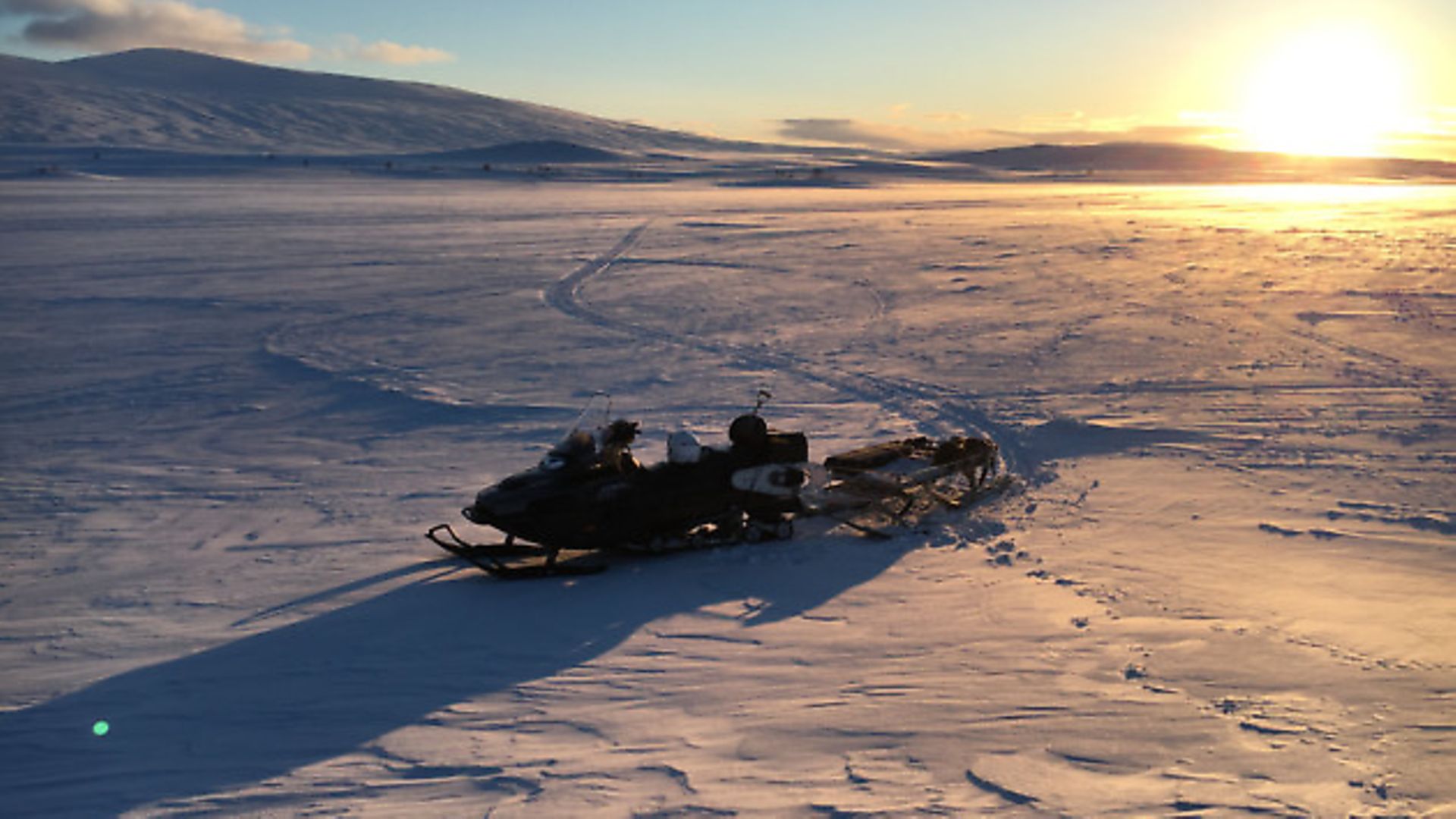 credit: Archant
credit: Archant
Dusk was finally coming. Dim light may not be a necessity for successful fox calling in a remote wilderness, where foxes frequently hunt in full daylight, but I was still pleased. If nothing else, low light feels right, especially on a very open stand. Even if it was only the first day in the area, I’d seen enough of the terrain to know that open stands would be the rule; this one just confirmed that.
I was in the mountains of northern Sweden, close to the Norwegian border. Last spring, the regional government wanted to try fox calling as an alternative to controlling red foxes with the help of snowmobiles and helicopters, as had occasionally been done before.
The latter method was expensive. It was also limited where vegetation could help foxes escape. It worked well in Arctic fox habitat at high altitudes, but not quite as well in the one mountain valley where the lesser white-fronted geese still nested.
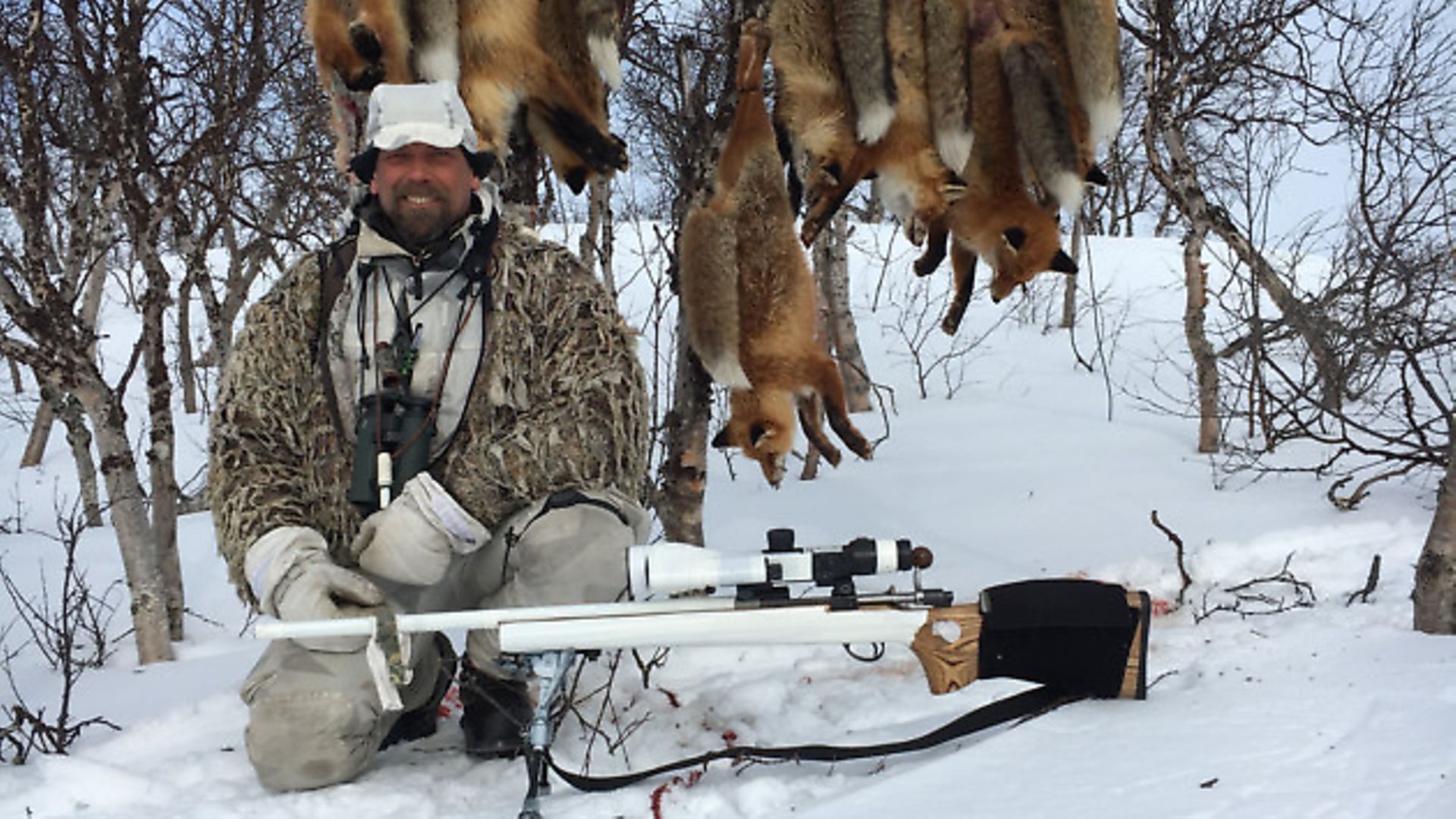 credit: Archant
credit: Archant
Modest numbers
I got the contract to do the calling. My experimental hunt was centered on an area of about 200 sq km containing, among other things, that single remaining nesting area. The size may sound overwhelming, but research suggests that red fox territories in subarctic mountain terrain may average about 20 sq km. Even if foxes had had a large ecological impact in this barren area, their numbers would most likely be modest.
On the first day, I travelled some 20km from the nearest road by snowmobile, and picked a tent site. Once the tent was pitched, I drove for another couple of hours, scouting.
I would be operating in two valleys at right angles to each other. One ran west to east through an open alpine landscape for about 20km. At its western end there was little but snow, rocks and willows. At its eastern end, there were scattered mountain birches in the valley bottom.
From there the second valley ran directly south for about 15km. This valley was the main site of the geese. It had a lot more birch forest, but the ice-covered lakes, open heath and large bogs still provided plenty of openings for calling stands.
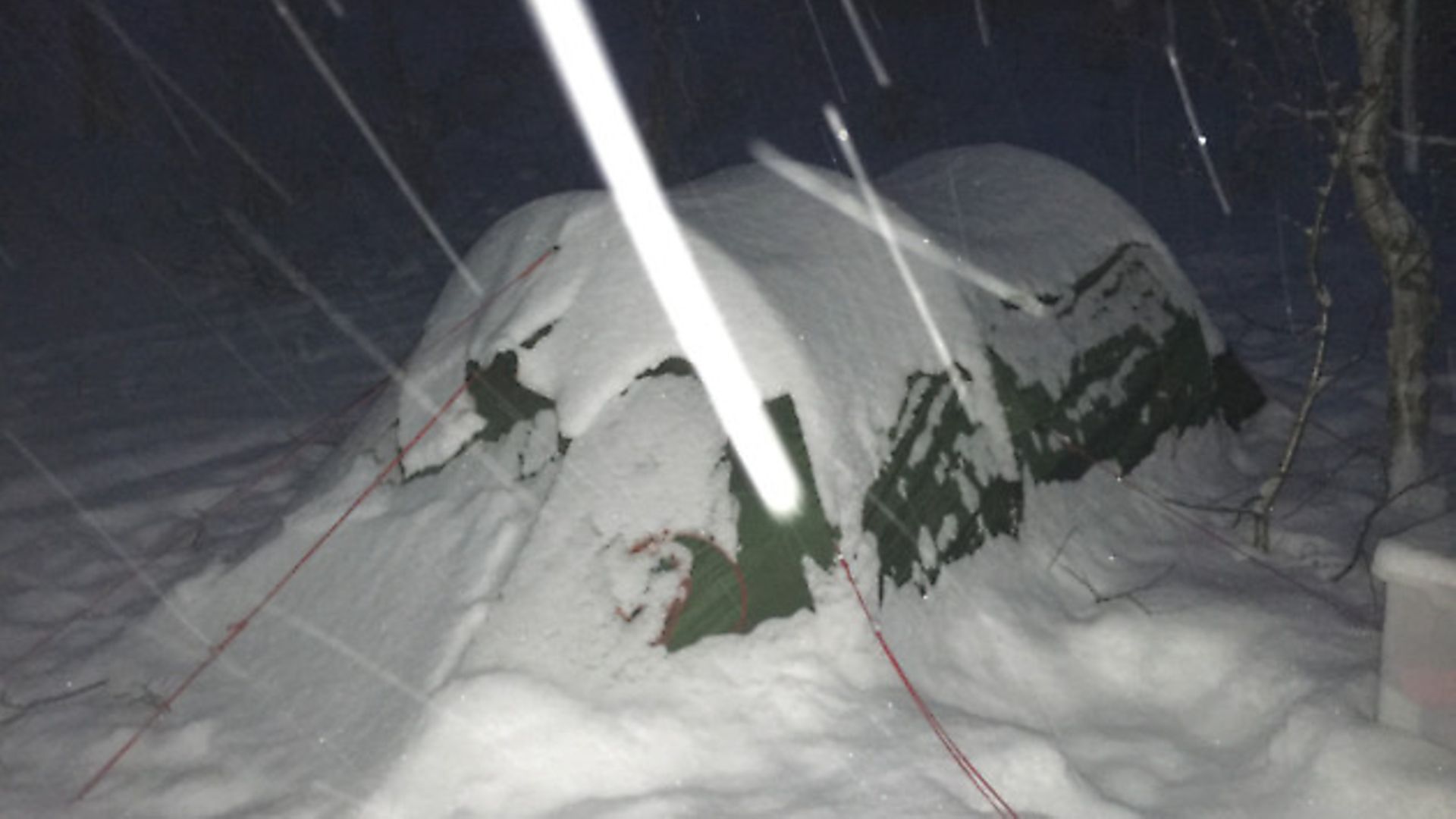 credit: Archant
credit: Archant
Loud calling
But back to that stand at dusk. I sat on a snow field which sloped towards an ice-covered lake some 500m away. Apart from a few small clumps of twisted mountain birches, the landscape was a wide open expanse. And although it was mid April, it was all white.
I positioned my .204 Ruger on the bipod in front of me. Then I let rip. I used one of my favourite calls for medium range – the Dan Thompson PC2. As there was practically no wind, I expected it to be heard for a couple of kilometres.
In southern regions, that may be too loud by far, but here it was hungry times for foxes. With deep snow covered by a hard crust, they could be expected to come from afar. Besides, the nearest fox could easily be kilometres away.
As the minutes passed, I relaxed and started thinking about the next morning. But I kept calling, knowing that a distant fox can take its time. Nothing happened and, after 20 minutes, the light was getting low.
That’s when a dark form appeared out in front to the left. The silhouette of a fox seemingly floated in across the snow. In the scope, the white chest and eagerly pointed ears were plain to see.
At 140m the fox stopped and I decided not to wait any longer.
That first fox was a female, shot in the centre of the nesting area, perhaps removing the predator pressure of an entire fox litter in the blink of an eye. I had begun. I walked back to the snowmobile with steps as light as they can possibly be in heavy winter boots, and drove straight back to my tent for a solid three hours’ sleep before the morning hunt.
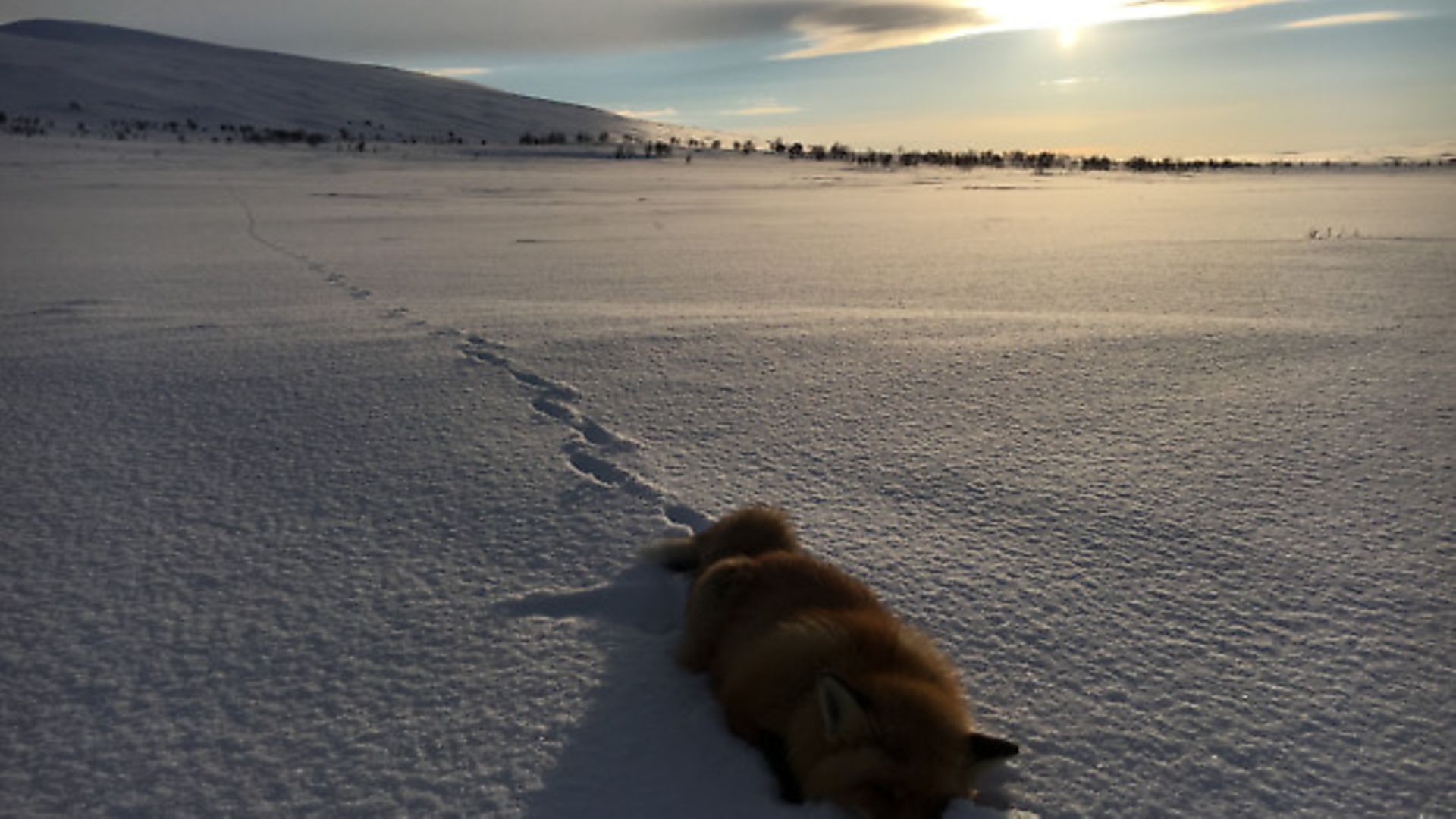 credit: Archant
credit: Archant
Times are changing
One may perhaps find this government focus on red foxes odd. Geese and foxes must surely have coexisted since the dawn of time?
Yes and no. There were always red foxes in lower terrain, but not many up here. Winter survival used to be a critical factor in the subarctic mountains. But things have changed.
Today, snowmobile tracks make deep-snow travel easier for foxes in large parts of the mountains. That may be marginal, but then the moose populations in the mountains are much higher than in the old days, meaning more offal left after hunts – and that counts. Wolves are practically absent from the mountains, which makes it much less dangerous for a fox to expose itself on vast snow plains.
Perhaps most importantly, tourism has increased. With people comes opportunity... Ice fishermen leave small fish and entrails on the ice; people staying in cabins or travelling on trails throw leftovers; ptarmigan hunters lose the odd bird. It does not take much to help a starving fox survive.
The net result is a lot more red foxes surviving the cold months. Every small game species is affected, but none as seriously as the Arctic fox and the lesser white-fronted goose.
For the next few days, I followed a strict routine. I got up in the dark and tried calling in the early morning. I then went back to the tent and slept for a couple of hours before going on a long drive to scout. In the evenings I called again.
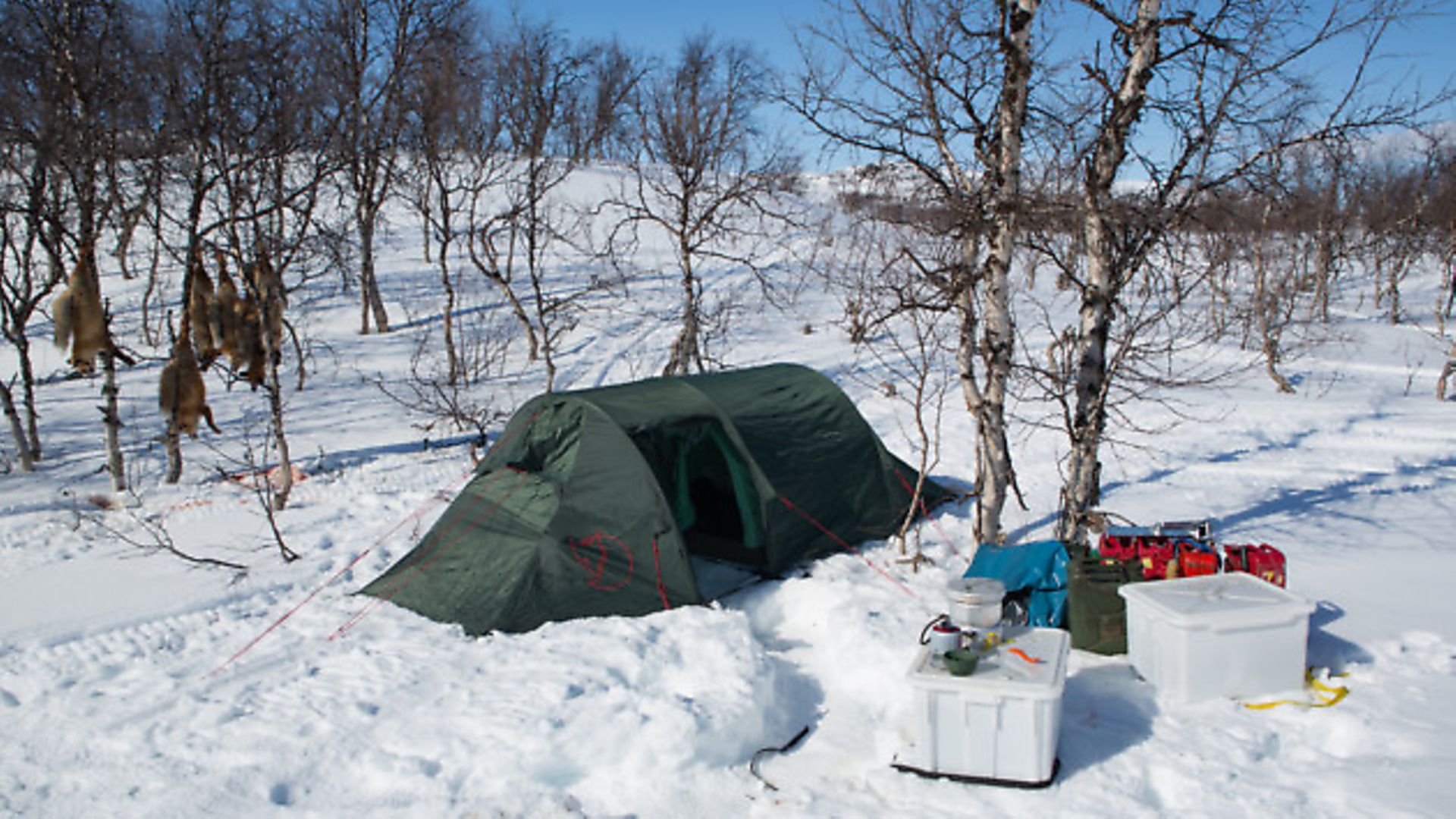 credit: Archant
credit: Archant
Scouting is necessary
A few things were clear. I had some eight or nine local concentrations of fox tracks in the two valleys, and I assumed they were the centres of territories. Then I had large, more or less empty areas. Successful calling obviously required scouting, not only to find suitable stands, but also to find foxes.
A couple of times, I found a fox by glassing, and I found that I could drive to a suitable stand perhaps a kilometre from the fox and still call it in, even if it did see the snowmobile clearly as I moved.
Loud calls worked best. Foxes were far apart, but they also came far. Out of the few I saw before calling commenced, every one of them came to the call. The most important trick was to plan the stands so I minimised the risk of getting foxes from behind. One clearly fooled me that way and I never succeeded in getting a second chance on it, even though it stayed in the same area.
I left a day early due to an approaching storm. After four days, I had eight foxes.
I gave it a week, then came back to hunt the last week of April. As I scouted I got the feeling that nothing much had happened with regards to the foxes. The ones I left were still there, but there did not appear to be any new foxes in the area.
This time, the weather got rough. Not cold – which is fine – but windy, and sometimes with snow, sometimes with rain.
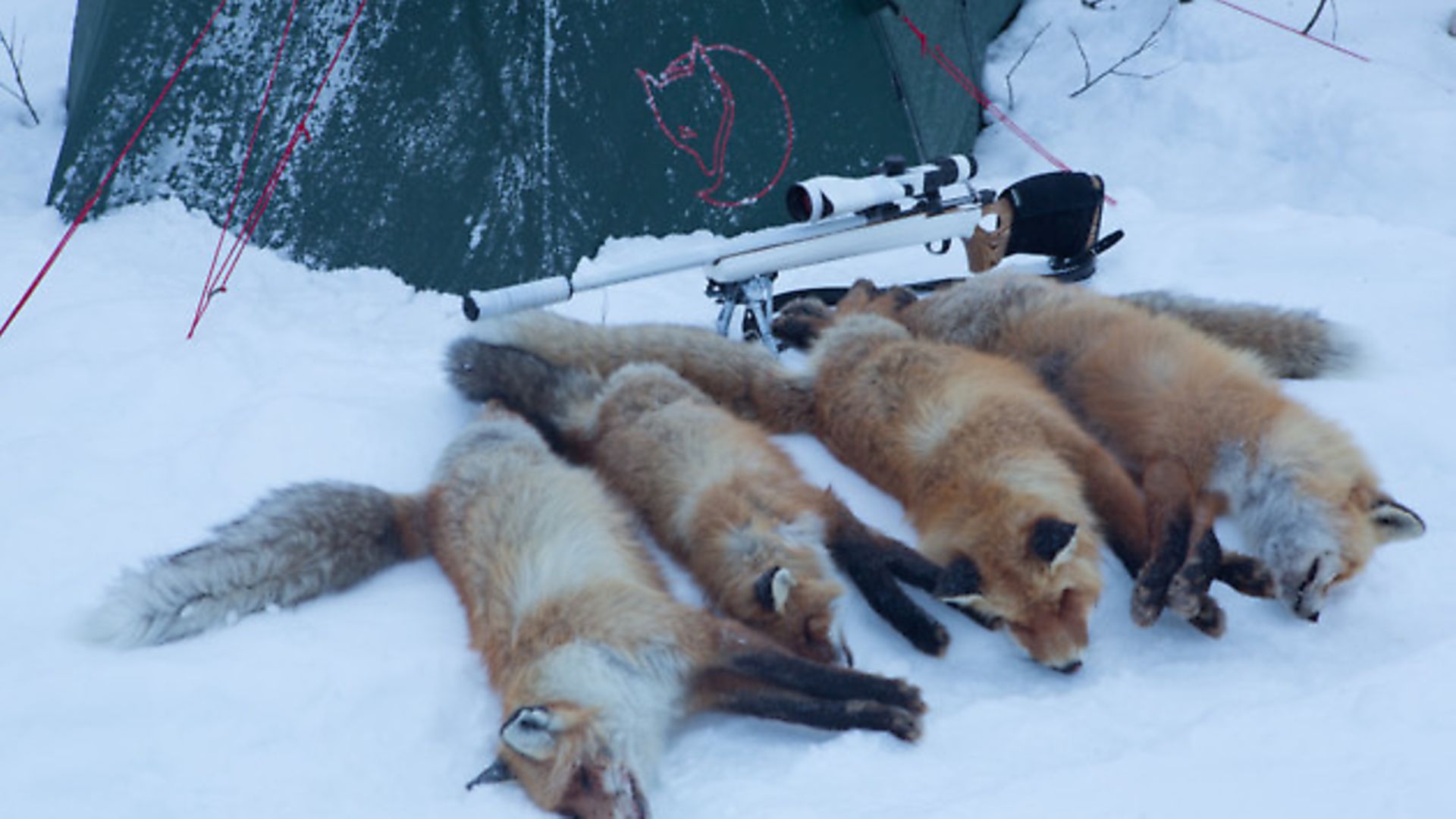 credit: Archant
credit: Archant
Helped by reindeer
Fox numbers were already noticeably lower. Now their activity was reduced. I found that the only way to deal with the conditions was to patrol on the snowmobile, rather than to call stubbornly. I looked for fresh tracks and, when I found one, I followed it and called after it – that gave me a couple of foxes.
One of them came from behind in spite of all my planning, but a nearby group of reindeer suddenly lifted their heads and started watching something behind me. I turned and saw a fox peek out from behind a snow drift at just over a hundred metres. It was soon in the bag.
One stormy morning I could think of nothing but to keep watch at a well-used den found on the previous trip. Eventually two foxes came to bed down above the den. I called them both in and got the male, but the female got away.
After four days I had to quit again. There was a heavy rainstorm coming and the snow was getting too soft for the snowmobile. I left with four more foxes.
The total for eight days was 12 foxes. It may sound meagre, but from every territory I had found, I had shot one or two foxes. And on the last couple of days I drove hours for every fresh fox track.
I am keen to find out how the geese do this summer. Meanwhile, I plan for more hunts in the coming season. It seems I have got myself a fox control contract and, if I can head up into the mountains I love, and live by my rifle, that is certainly fine by me!